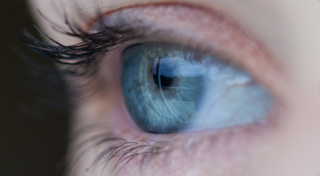Scientist at the University of Toronto at Mississauga identify gene that regulates social network behavior in fruit flies, and name it "degrees of kevin bacon" gene (dokb)
The lead author, Joel Levine, named the gene that regulates social networking in fruit flies the "degree of kevin bacon. (dokb)." The authors studied an aspect of social networks known as betweenness centrality. This aspect of social networking has far-reaching impacts on groups of individuals, as it is thought to affect health outcomes, collaboration, and disease spread, depending on the context in which it imparts this effect. The authors postulated that betweenness centrality was likely heritable, and sought to uncover the genetic underpinnings of this inherited quality of being a "gatekeeper" for social networks in drosophila melanogaster. Alas, if you wondered if you possess the "degrees of kevin bacon" gene yourself, the authors looked to see if their was a homologous gene in other species, such as humans, and there does not seem to be one. The pathway in which the gene product is imparting this behavior may be conserved, however, which the a



